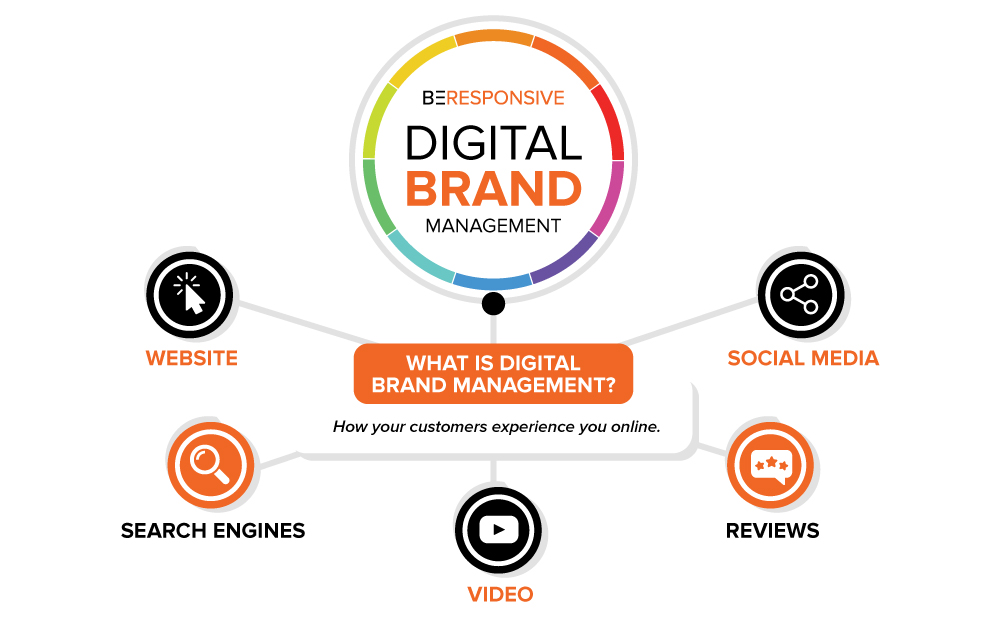
Regardless of if it is wanted or or not, consumers will talk about your brand and express their opinions and experiences, whether it be positive or negative. Depending on the size of your company, the number of people talking may be far too large to monitor every single comment, story, or post. Positive word-of-mouth from these customers can be very beneficial for your brand, but negative content should be monitored closely, as it can have a damaging effect on your brand, company, and bottom line. Managing your online brand is no easy tasks, but there are tools and actions you can take to help ensure your online brand reputation is the best it can be.
Use Tools
There are several social media monitoring tools out there at your fingertips, such as Google Alerts, Sprout Social, and Hootsuite. Tools such as these monitor the web in search of anywhere your brand (or another word being monitored) is mentioned (Larson & Draper). Google Alerts, for example, has the ability to look through all publicly available online sources, such as news sites, blogs, video sites, and forums (Larson & Draper). By entering in words to monitor, such as your brands name or logo, you can effectively see what people are saying about your brand. This helps you learn what strategies are working, as well as any negative feedback that the firm needs to address and/or improve on.
Learn How to Respond to Negative Content
Negative content pertaining to your brand is nearly inevitable considering how many people may be talking about it. Negative content is often found in places such as online review sites, online forums, press articles, and blogs (Larson & Draper). The actions to be taken on the negative content depend on the severity of it. For example, if a customer leaves an angry or dissatisfied comment on one of your social media posts, actions could include responding in a polite manner asking for their contact information so that you can help solve their problem. This not only helps the dissatisfied customer, but also shows others that you are willing to fix mistakes and mishaps. However, there may be times that you need a strong emergency response if the negative publicity is severe enough. If a severe incident comes up, your company should have a plan on how to address it. There are three things that need to be considered when effectively handling an emergency: timeliness, transparency, and training (Larson & Draper). Responding quickly to mishaps is essential, as it shows the company is prioritizing taking action as soon as possible. Additionally, the firm should always be transparent and honest, as this may help regain trust and rebuild relationships with affected customers. Since employees may also receive backlash from customers, they should all be effectively trained on how to handle emergency situations as well. While it is not ideal for severe negative publicity to surface, your firm should have a plan in place so that if it does happen, you are ready to effectively tackle it and regain trust.
Sources
Larson & Draper. “Digital Marketing Essentials”. Stukent, Inc, 8 February 2017.



